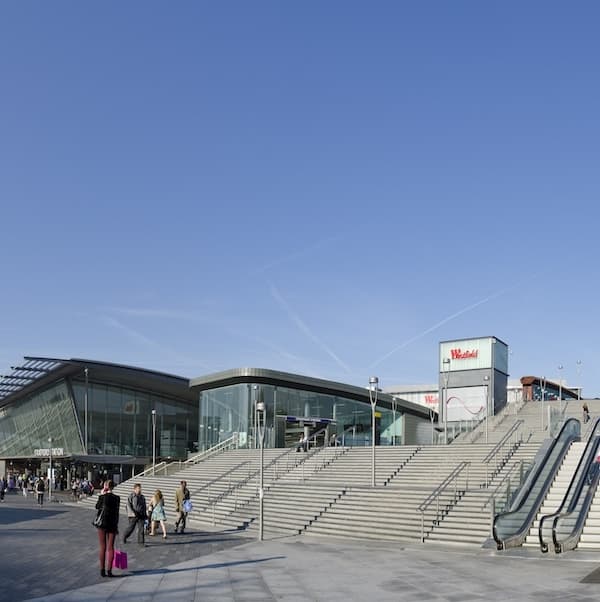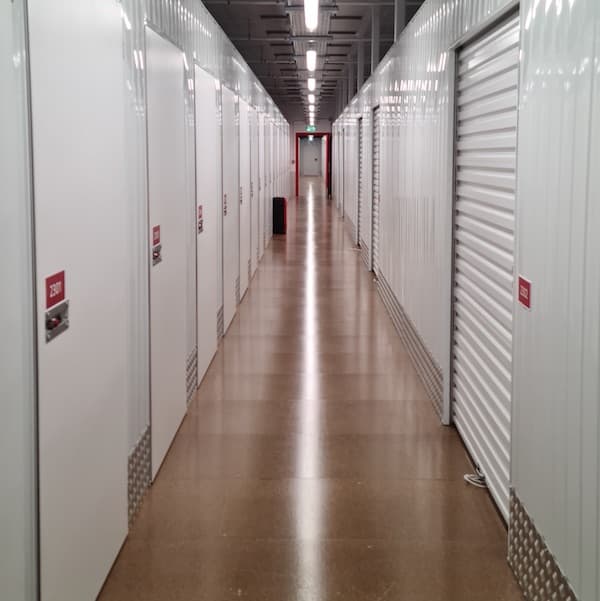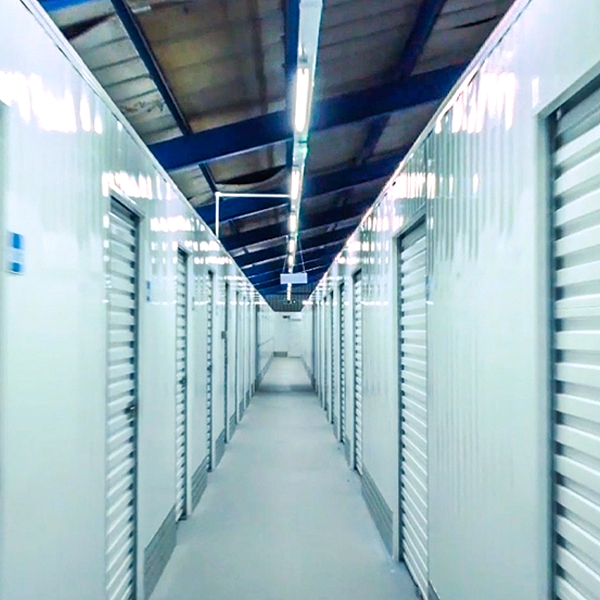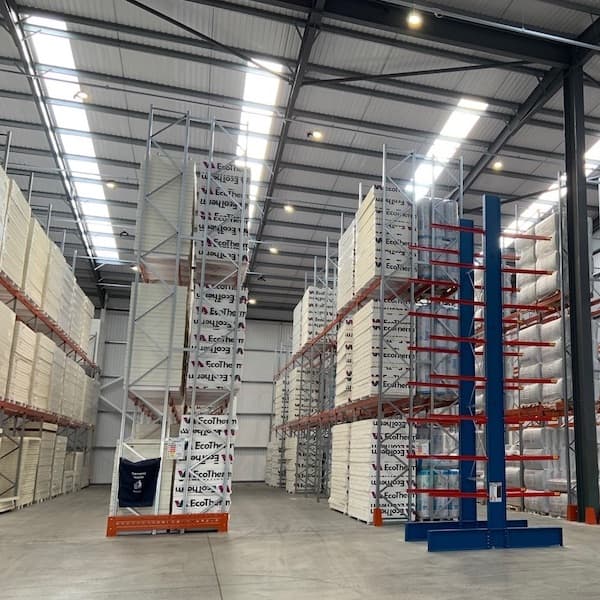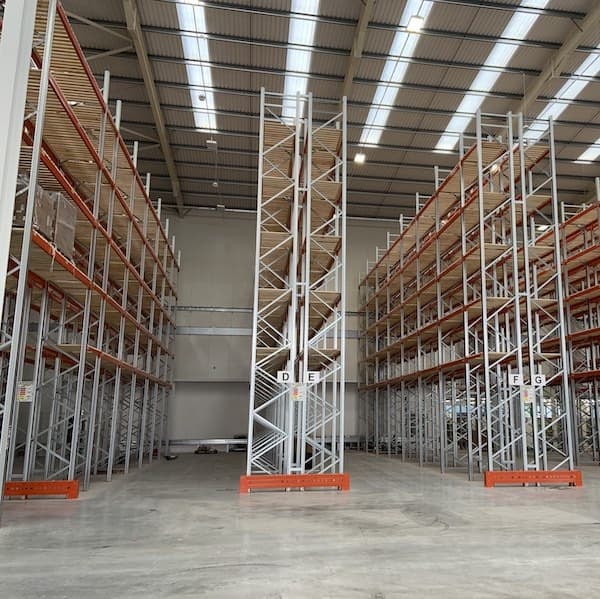- Mezzanine Floors
- Solutions
- Multi-Tier Mezzanines
- Mezzanine Pallet Safety Gates
- Mezzanine Staircases
- Mezzanine Handrails and Balustrades
- Mezzanine Decking
- Fire Protection for Mezzanine Floors
- Mezzanine Lift Shaft Design and Installation
- Resources
- Mezzanine Floor Calculator
- Mezzanine Floor Regulations and Building Control
- Self-Storage Mezzanine Floors
- Self-Storage Units
- Resources
- Self-Storage Site Selection Information
- Calculating The ROI of Self-Storage Conversions
- Planning for Automation in Self Storage
- Racking & Shelving
- Solutions
- Cantilever Racking
- Pallet Racking
- Coil Racking
- Longspan Shelving
- Tyre Racking
- Kimer Racking
- Live Storage Racking
- Drive In & Drive Through Racking
- Clip Shelving
- Mobile Shelving
- Custom Fabrications
- About Us
- USS Case Studies
- Self-Storage Fit-out For Raked Ceiling Building
- Mezzanine And Staircases For Entertainment Venue
- New Mezzanine And Staircases For Major Retailer
- Mezzanine Pallet Safety Gate
- Self-Storage Fit-Out Project For Brand New Facility
- Warehouse Racking, Wire Mesh & Shelving for New Warehouse
- Self-Storage Partition System & Components Installation
- Self-Storage Store Mezzanine And Staircases
- Multi-Tier Mezzanine For Logistics & Distribution Facility
- Warehouse Plant Platform
- Self-Storage Facility Space Expansion
- Mezzanine Floor For Distribution Warehouse
- Bespoke Feature Staircase & Mezzanine
- Single Level, Multi-Use Mezzanine
- Mezzanine For A New Building
- Mezzanine Floor For Plumbing Supplies Warehouse
- New Racking System and Mezzanine Floor
- Car Park Conversion To Self Storage Facility
- Pallet Racking and Cantilever Racking For Warehouse
- Two Mezzanine Floors For Self-Storage Facility In Birmingham
- Our Accreditations
- Contact Us
- USS Case Studies
- Services
- Racking Design
- Racking Manufacture
- Racking Installation
- Racking Inspections
- Solutions
- Cantilever Racking
- Pallet Racking
- Coil Racking
- Longspan Shelving
- Tyre Racking
- Kimer Racking
- Live Storage Racking
- Drive In & Drive Through Racking
- Clip Shelving
- Mobile Shelving
- Resources
- Warehouse Space Optimisation
- Warehouse Layout Information
- Industrial Storage FAQs
Maximise Storage Density and improve throughput with our professional racking design service
Pallet Racking Design Services For Warehouses, Factories and Retail Spaces
read
To optimise storage space, improve physical inventory flow and enhance operational efficiency, warehouse racking systems must be designed with great care.
It all starts with the selection of a suitable system. That system plays well with your chosen stock management method and inventory type, copes with the volume of stock moving through your warehouse, and provides an adequate safety profile that meets all relevant SEMA standards.

Modern Warehouse
But choosing the right system is only half the battle. To maximise efficiency and remove bottlenecks, you’ll need to spend time perfecting the layout of your racking so that it minimises transport times, supports efficient picking processes and eliminates unnecessary friction.
Careful Consideration Yields Tangible Results
Picking the right aisle width is an obvious place to start: You can generate a significant amount of extra storage space by shrinking aisle widths. However, the decision to do this needs to be weighed against the potential cost: Will smaller aisles restrict access or slow picking times? Will you suddenly find that you can’t squeeze your forklifts into an aisle?
It’s about finding the right balance.
The same thing goes for any decisions relating to the pick face your racking system will create, the depth of your bays and the way your storage system will impact the inventory flow as it moves through your warehouse.
Good Racking Design Is About Balancing Trade-Offs And Constraints
You’ll need to lay out every aisle and bay so that staff can easily access fast-moving inventory without compromising your ability to store the right volume of slow-moving items. You’ll need to create configured zones and flows to support your staff and decide whether you need a pallet or inventory flow system.
The list goes on. Fortunately, you don’t have to make these decisions in a vacuum. Racking specialists with over four decades of experience, we offer a bespoke racking design service that’s designed to help you pinpoint the optimum layout and configuration.
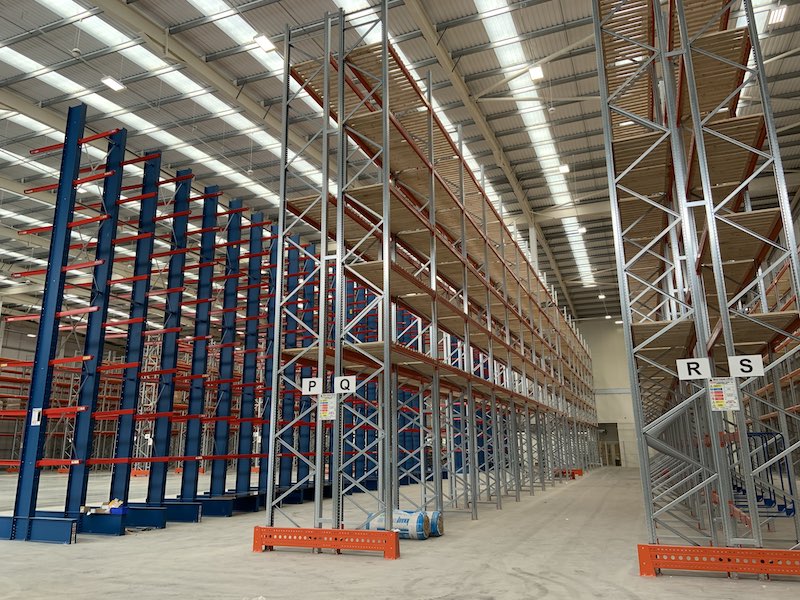
Warehouse Racking Project
Case Study
Warehouse Racking, Wire Mesh Installations And Shelving Solutions for New Warehouse
A project that saw us supply and install various storage solutions for a brand new warehouse in Rainham, Essex.
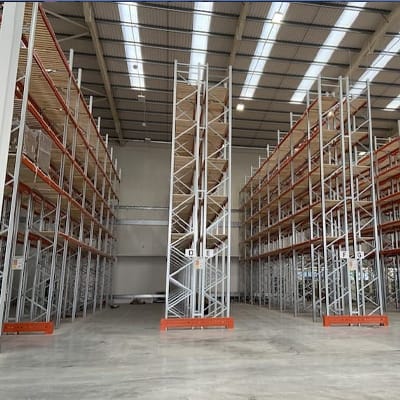
Since launching our business in 1977, we’ve designed warehouse and storage racking systems for department stores and media conglomerates, building supply specialists and fulfilment centres across the UK.
We’ve helped house-name brands like the BBC fit out brand new warehouses, and we’ve also helped small, family-run businesses to make relatively minor tweaks to their racking layout – designed to drive a tangible boost to throughput without necessitating a costly overhaul of their existing infrastructure.
Blending Problem-Solving Skills With Keen Commercial Awareness
It’s rewarding to know you’ve designed an incredibly efficient racking system. But ultimately, we understand that your primary concern is maximising storage space, improving inventory flow and removing bottlenecks.
Those all-important KPIs guide everything we do, modulating a methodology that draws on years of hard-won experience. To explain, we’ll walk you through our five-step process when we’re asked to design a new racking system.
1
Requirements Gathering
Our racking design specialists will sit down with your team and work out your ideal racking system. We’ll talk through the type and volume of inventory you carry, the size and layout of your warehouse, the stock management process you use and how your finished system needs to function.
We’ll also talk through any bottlenecks or known inefficiencies in your current system (if you have one) and get to know a bit more about your current setup, asking what sort of training your staff have, what equipment they use, and how you currently configure your zones and bays.
2
The Design Process
Once we understand your requirements, our team will return to our design space for racking and mezzanine floor projects. There, our design team will use a combination of CAD and 3D modelling software to build the ideal layout.
They’ll consider everything from bay sizes to zone layouts, shelf heights and picking surfaces. They’ll also plot out the safety barriers, wire mesh, floor bolts and other features needed to ensure your space is safe and functional.
3
Commercial Sign Off
Once we complete the initial designs, we’ll send them across so you have time to review them in detail. Our plans will include everything from schematics for the desired layout to an itemised list of the parts required to build your new racking system.
At this stage of the process, we’re also (more than) happy to talk you through the decisions that have influenced your design, explaining the rationale for our recommendations and the things that need to be considered when building your new racking.
4
Installation
This step is optional, but we install our racking systems for 95% of our clients. We have a well-qualified team of in-house installers, and we also have a network of trusted contractors that we can draw on for larger jobs that require electrical or plumbing, construction or structural reconfiguration work to complete.
More to the point, we have a lot of experience with complex installation projects, having installed racking in logistic and distribution facilities, warehouses and town shopping centres with incredibly tight access requirements – and organising enormous builds that asked us to coordinate hundreds of external contractors.
5
Racking Inspections
Lastly, we offer in-depth racking inspection services designed to ensure that all your racking systems are SEMA-compliant and safe for staff. We’re also happy to provide hands-on advice regarding health and safety assessments or any other regulatory activity surrounding your racking.
We are warehouse and pallet racking experts genuinely interested in designing and maintaining world-class systems. We enjoy supporting clients and have long-lasting relationships with most of our racking design customers.
In It For The Long Haul
Your inventory may change daily, but your pallet racking system should be designed so that it performs for years to come. In an ideal scenario, the lifespan of your racking system would be measured in decades. While that’s not always the case, we approach every project as if the intention is to design a system that would support your processes in the long term.
Most of our systems are flexible enough to support a substantial shift in methodologies, and most units or bays are constructed in a way that allows for reconfiguration by a professional racking specialist.

But we’re not just talking about the practicalities here: Long-term defines every aspect of our design philosophy, from the materials we choose to the layouts we prioritise and the support we offer our clients.
We commit to the job when you ask us to design a racking system for your warehouse or retail space. We’ll make ourselves available to answer questions and brainstorm new ideas with your team; we’ll help you troubleshoot bottlenecks and remove any inefficiencies that crop up – even if you don’t notice them for the first 3+ months of operating with your new system.
We form long-term partnerships because we care about our reputation and recognise that our business is more sustainable when it offers a premium service to UK businesses that share our commitment to sustainable and efficient practices.
Irrespective of whether you ask us to cover the entire design and installation process or draw on our expertise to create a layout and then ask someone else to supply your racking, we always aim to deliver unparalleled service and support.
Find Us
S & L United Storage Systems Ltd
United House, The Street
Takeley, Bishop's Stortford
Hertfordshire, CM22 6QR
Company No. 1313816
VAT No. 291616253Say Hello
01279 871 787Copyright © 2025 S & L United Storage Systems Ltd. All rights reserved.
- About Us

